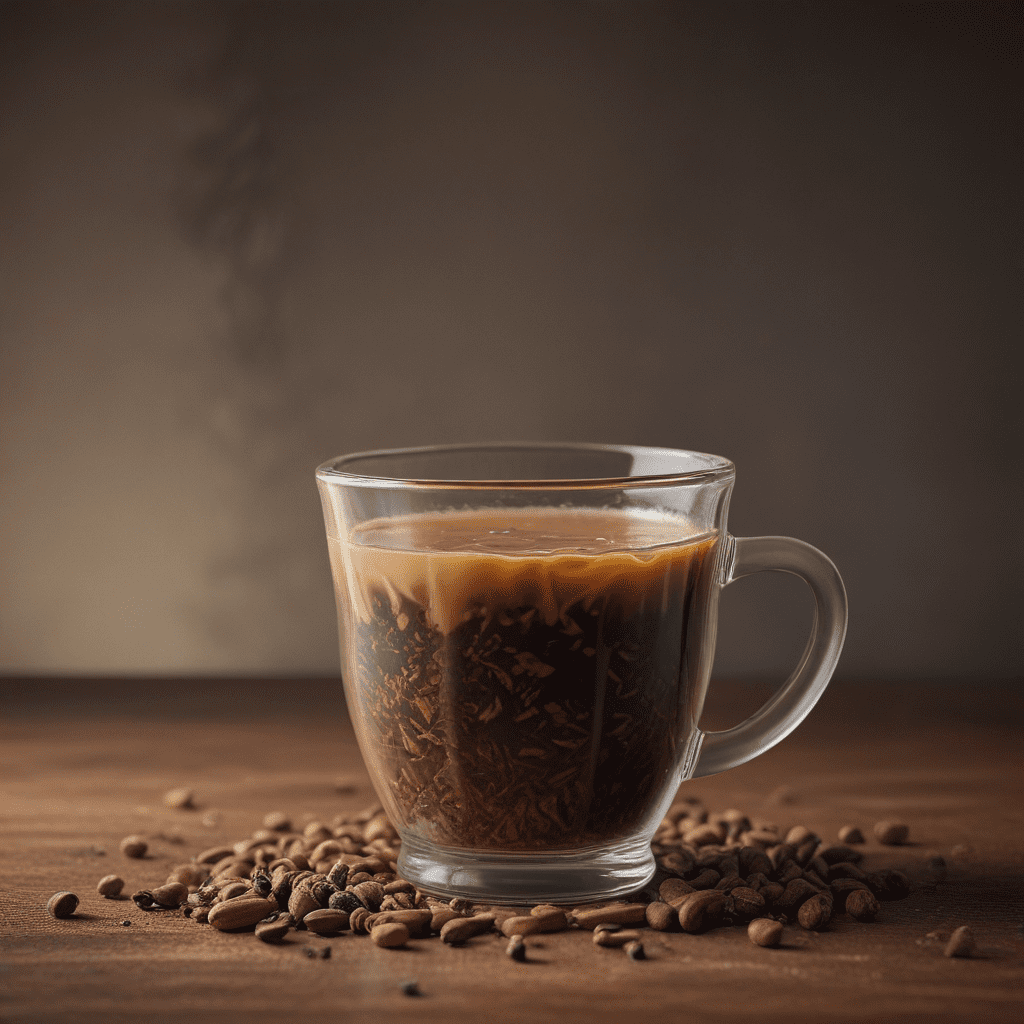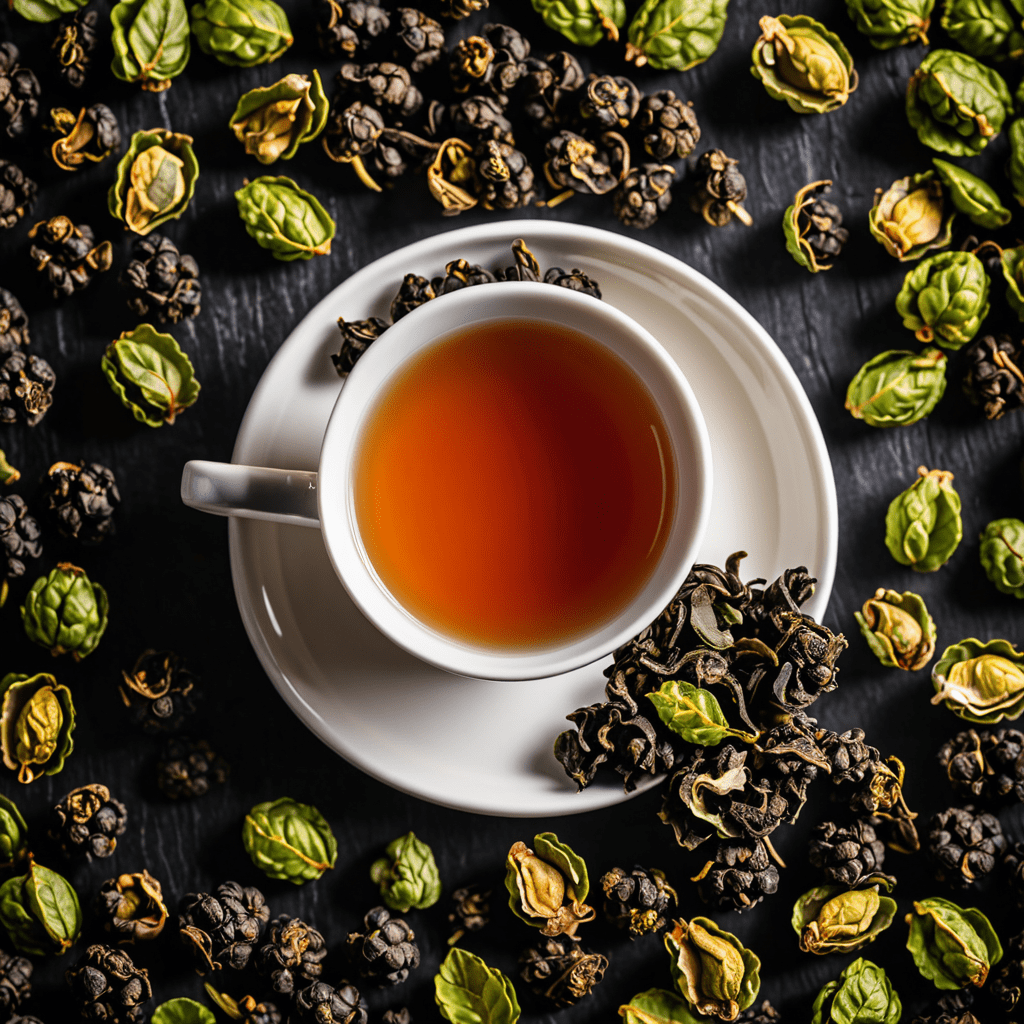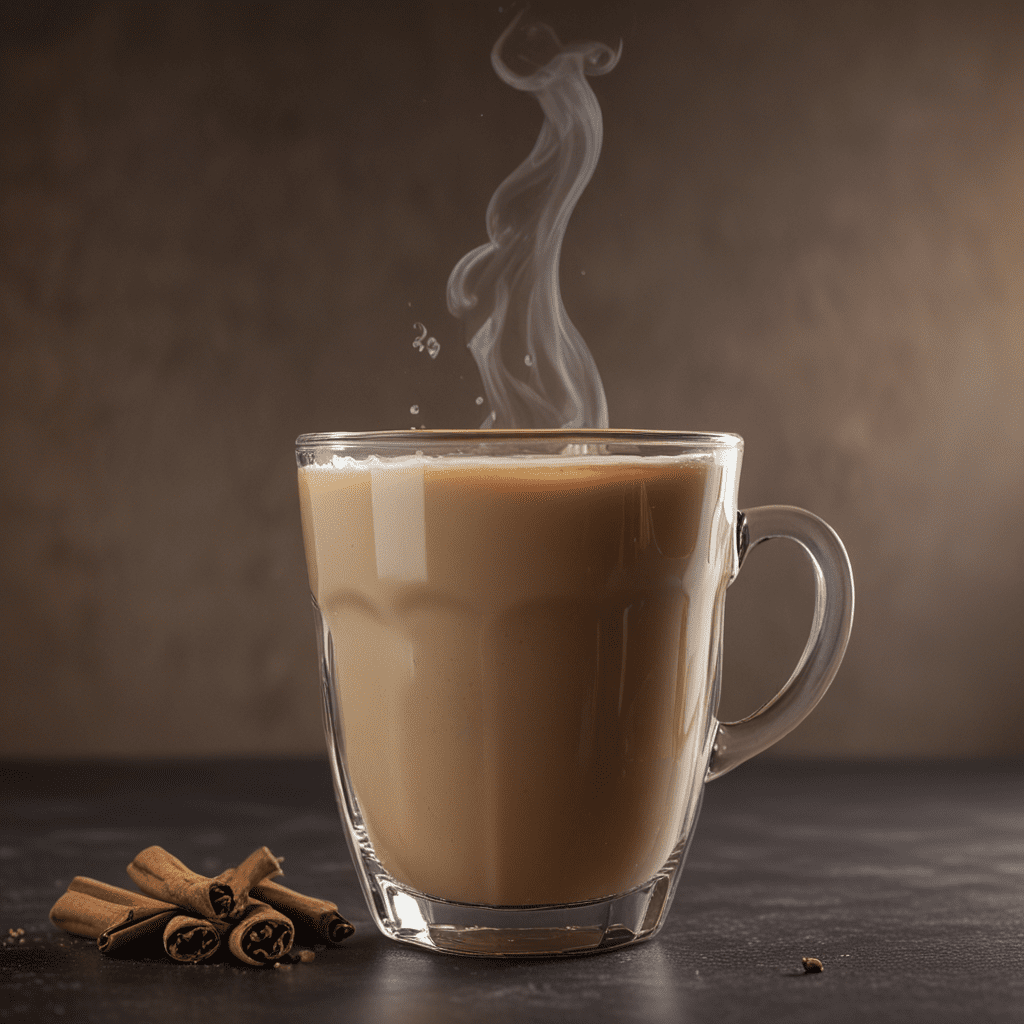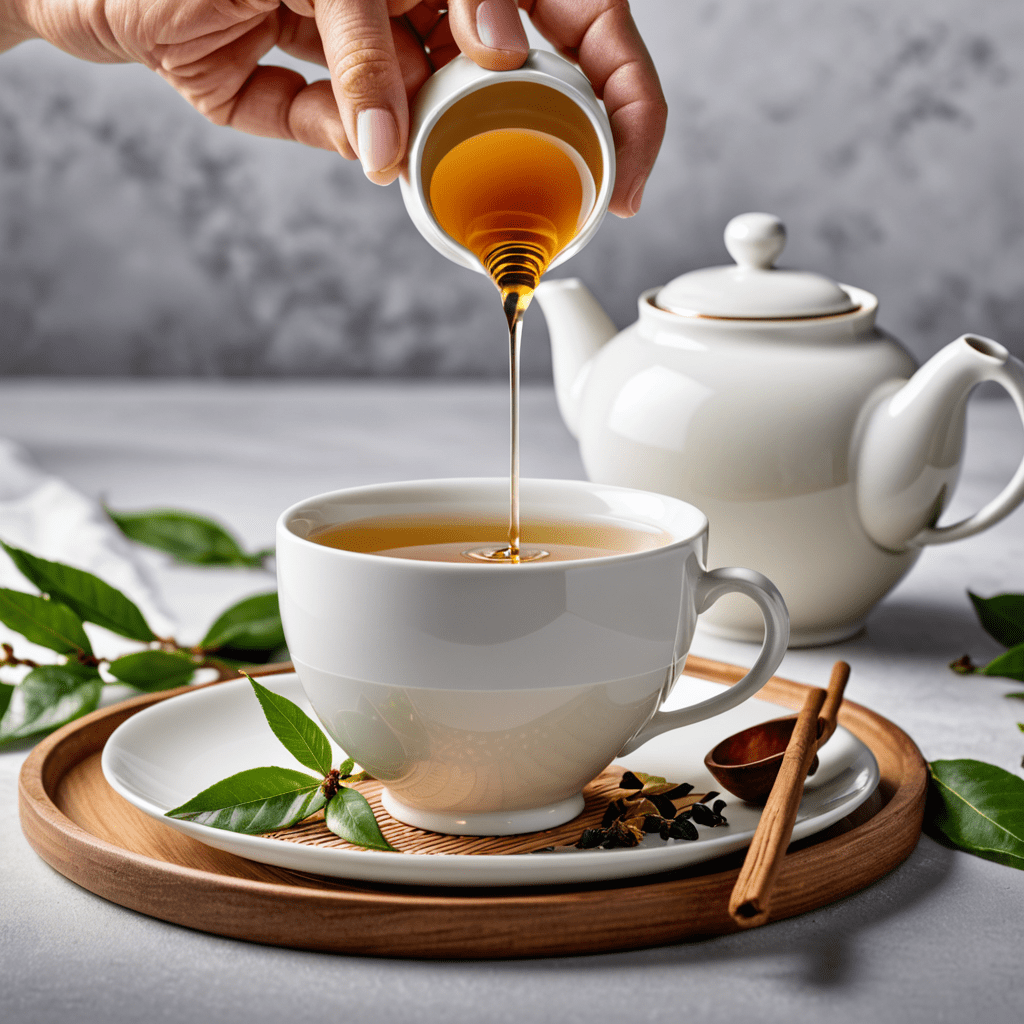
Exploring the Origins of Chai Tea
I. Ancient Origins
Chai tea, a beverage cherished worldwide, has a rich and multifaceted history spanning centuries. Its roots can be traced back to ancient Ayurvedic practices, where fragrant spices and herbs were blended to create healing concoctions. Ayurveda, a traditional Indian system of medicine, emphasized the balance of doshas (energies) within the body and utilized spices to promote equilibrium and well-being.
II. The Spice Trail
Centuries before the advent of modern trade routes, chai's precursors emerged through the spice trade between India and the Middle East. Arab and Persian traders introduced an array of exotic spices, including cinnamon, cardamom, and ginger, to Indian shores. These aromatics enriched local culinary traditions and laid the foundation for the distinctive blends that would later define chai tea.
III. Colonial Era
The British East India Company's establishment in India during the 18th century played a pivotal role in the globalization of chai. The company recognized the potential of Indian tea, leading to its cultivation in Assam and Darjeeling. The addition of black tea to the traditional spice concoctions gave birth to the Masala Chai we know today.
IV. The Blending of Tea
The art of blending tea evolved during the colonial era, with countless variations emerging across India. Traditional recipes typically incorporate a blend of black tea, ginger, cardamom, cinnamon, and black pepper. Other additions, such as star anise, cloves, and fennel, contribute unique flavor profiles, resulting in a diverse range of chai experiences.
V. Regional Variations and Traditions
Chai tea holds a prominent place in Indian culture, with regional variations reflecting local preferences and traditions. In northern India, particularly in Punjab, chai is often prepared with a strong brew of black tea and abundant spices, making it a robust and invigorating beverage. In contrast, southern Indian chai is known for its subtle sweetness, employing fewer spices and often using jaggery or palm sugar as a natural sweetener.
VI. Chai in the West
Chai's popularity transcended borders in the 20th century, gaining a foothold in the West. The counterculture movement embraced chai as a symbol of Eastern spirituality and holistic well-being. Coffeehouses and tea shops began offering chai, introducing it to a broader audience. Today, chai remains a beloved beverage, enjoyed in countless cafes, homes, and tea gatherings worldwide.
VII. Modern Interpretations
Contemporary interpretations of chai tea have emerged, deviating from traditional recipes while honoring its essential flavors. Some variations include reducing caffeine by using decaffeinated tea or adding plant-based milks for a vegan adaptation. Innovative flavor combinations, such as lavender chai or matcha chai, have also gained traction, catering to diverse palates.
VIII. Cultural and Social Significance
Chai has become deeply ingrained in Indian culture, serving as a symbol of hospitality and communal gatherings. In many Indian households, chai is brewed fresh several times a day and offered to guests as a gesture of warmth and welcome. It is also customary to share chai in social settings, fostering connections and a sense of community.
IX. Health Benefits and Controversy
Chai tea has been attributed to various health benefits, including its antioxidant properties, potential anti-inflammatory effects, and aid in digestion. However, it is important to note that excessive consumption or the addition of excessive sugar can negate these benefits. Additionally, the caffeine content in black tea can have varying effects on individuals, affecting sleep patterns or causing anxiety.
X. The Enduring Legacy of Chai Tea
Chai tea has evolved from its ancient origins to become a globally cherished beverage. Its versatility, adaptability, and cultural significance have ensured its enduring popularity. Whether enjoyed as a traditional blend or in modern interpretations, chai remains a symbol of warmth, comfort, and the rich tapestry of human history.
FAQs
What is the difference between chai tea and regular tea?
Chai tea typically refers to a blend of black tea with various spices, such as cardamom, cinnamon, and ginger, while regular tea generally refers to unflavored black, green, or oolong teas.
How is chai tea traditionally made?
Traditional chai tea is made by simmering loose-leaf black tea with milk, sugar, and a combination of spices in a pot until the desired strength and flavor are achieved.
Is chai tea healthy?
Chai tea can have some health benefits due to the spices used, but it is important to note that excessive consumption or the addition of excessive sugar can negate these benefits.
How can I make chai tea at home?
To make chai tea at home, you can use loose-leaf black tea and add your preferred spices. Simmer in a pot with milk, sugar, and water until the desired flavor is achieved. Strain and enjoy.
Where can I buy chai tea?
Chai tea is widely available in grocery stores, tea shops, and online retailers. You can find pre-blended chai tea bags or loose-leaf varieties.


